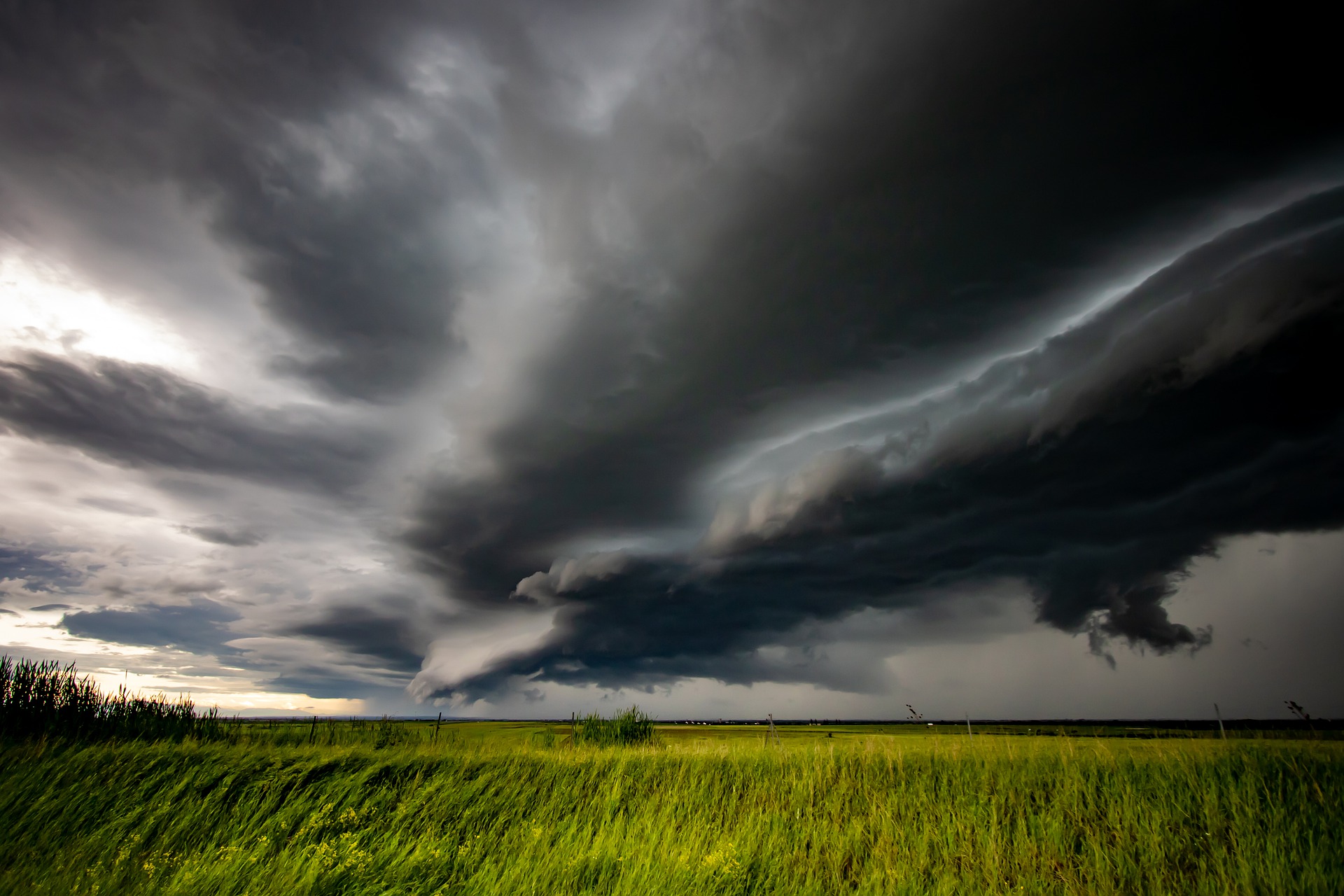What is thunderstorm asthma?
The Victorian Department of Health and Human Services has forecast a high chance of epidemic thunderstorm asthma in parts of Victoria today.
The alert comes almost four years after the world's largest documented epidemic thunderstorm asthma event hit Melbourne on November 21st 2016.
So what is epidemic thunderstorm asthma and what should you do if you're in Victoria today?
Epidemic thunderstorm asthma occurs when a large number of people experience asthma symptoms over a short period of time, as a direct result of thunderstorms interacting with high amounts of grass pollen.
These events only occur when certain types of storms allow airborne grass pollen grains to absorb moisture and burst open, releasing small pollen allergen particles that can be transported long distances by strong winds.

While these epidemics are rare, we are currently in the middle of southeastern Australia's peak grass pollen season, which runs from October through December. Today is also an active day of thunderstorms over the western half of Victoria.
While thunderstorms asthma isn't guaranteed today, the ingredients needed for it to occur are all there.
This has prompted the government to issue a high chance of epidemic thunderstorm asthma in the state's Mallee, Wimmera, South West and Northern Country districts on Wednesday. Grass pollen levels are also forecast to be High-to-Extreme across the state, regardless of storm activity.
High risk of thunderstorm #asthma forecast in Mallee, Wimmera, Northern Country and South West districts today. Stay up-to-date and visit VicEmergency: https://t.co/Op2nVs7Aly
— VicGovDHHS (@VicGovDHHS) November 11, 2020
For more information about coronavirus (COVID19) and hayfever, visit https://t.co/QDMDgWwe5Y pic.twitter.com/kYwmCrN7Pf
The Victoria government gives the following advice for anyone that experiences asthma symptoms or difficulty breathing today:
- Avoid the wind gusts before the storm. Go inside and close your windows and doors before and during the storm.
- If you have a history of asthma or hay fever, or you experience wheezing, breathlessness, a feeling of tightness in the chest or a persistent cough, you should have reliever medication with you at all times today.
- If you're experiencing any of the above symptoms you may be having an asthma attack.
- An asthma attack is serious and can be life threatening.
If you develop asthma symptoms, follow your asthma action plan, or if you don't have a plan, follow the 4 steps of asthma first aid